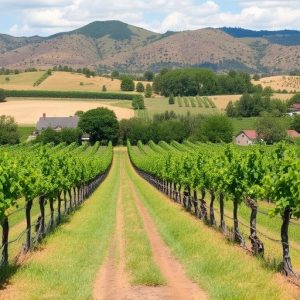Sonoita's distinctive wine flavors stem from its diverse microclimates within its vineyards, influenced by elevation, water bodies, and vegetation. With a history dating back to the 19th century, Sonoita, Arizona, boasts volcanic soils and abundant sunshine that have fostered a thriving viticultural scene. Local vintners combine traditional methods with modern technology to cultivate unique grape varieties suited to the Sonoran Desert climate, resulting in high-quality wines that showcase the region's historical depth and natural advantages. Explore the vineyards in Sonoita to uncover these secrets and gain a deeper appreciation for the area's distinctive wines.
Uncover the enchanting world of Sonoita’s vineyards and their distinctive terroir. This vibrant region, known for its unique microclimates, has cultivated a rich wine-making heritage. From historical vintages to modern techniques, each glass tells a story. Join us on a journey through the heart of Sonoita’s vineyards, exploring how their hidden gems influence flavors and create memorable wines. Dive into this guide to uncover the complexities of Sonoita terroir through vintage comparisons and expert insights.
- Understanding Sonoita's Unique Terroir: Exploring the Vineyard Microclimates
- A Historical Perspective: How Sonoita's Vintages Have Evolved Over Time
- The Art of Wine Making in Sonoita: Techniques and Innovations Shaping Today's Wines
- Behind the Scenes: Visiting Sonoita's Hidden Gem Vineyards and Their Impact on Flavors
- Tasting Notes: Unlocking the Complexities of Sonoita Terroir Through Vintage Comparisons
Understanding Sonoita's Unique Terroir: Exploring the Vineyard Microclimates
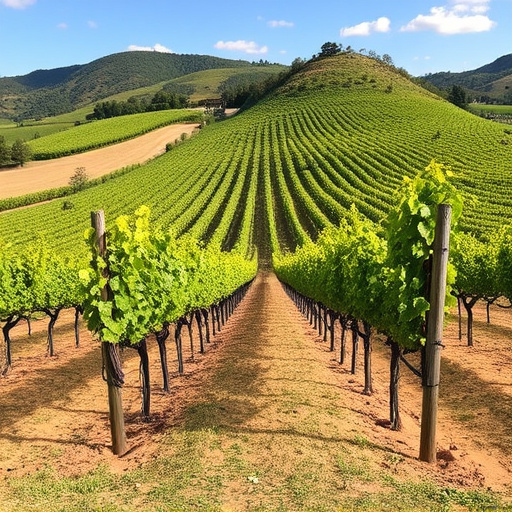
Sonoita’s terroir, or unique environmental characteristics, is a key factor that contributes to the distinctive flavors and qualities of its wines. To truly understand this, visitors should explore the diverse microclimates within the local vineyards in Sonoita. Each vineyard may experience varying levels of sun exposure, temperature, and wind patterns, creating distinct growing conditions for different grape varieties.
These microclimates are shaped by factors like elevation, proximity to water bodies, and surrounding vegetation. For instance, some vineyards sit on higher elevations, benefiting from cooler temperatures and longer growing seasons, while others nestled in valleys may enjoy warmer, drier conditions. By studying these variations, wine enthusiasts can gain a deeper appreciation for the subtle differences between vintages and the intricate relationship between the land and the grapes it nurtures.
A Historical Perspective: How Sonoita's Vintages Have Evolved Over Time
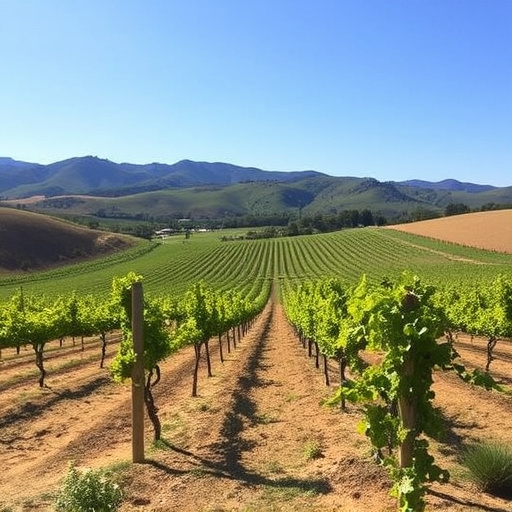
Sonoita, nestled in the heart of Arizona’s Sonoran Desert, has a rich history of viticulture dating back to the late 19th century. The region’s unique terroir, characterized by volcanic soils and sunny skies, has played a pivotal role in shaping its wine industry. Early settlers discovered the area’s potential for grape cultivation, attracting winemakers seeking to explore new frontiers. Over time, Sonoita’s vintages have evolved, reflecting both technological advancements and a deeper understanding of the local climate.
The pioneering days saw the establishment of several vineyards in Sonoita, with winemakers experimenting with various grape varieties. These early efforts laid the foundation for the region’s distinct wine style, known for its robust flavors and unique character. As time progressed, local vintners honed their craft, adopting sustainable practices and embracing the area’s natural advantages. Today, Sonoita’s vineyards thrive, offering a diverse range of wines that showcase the region’s historical evolution while pushing boundaries in terms of quality and terroir-driven productions.
The Art of Wine Making in Sonoita: Techniques and Innovations Shaping Today's Wines
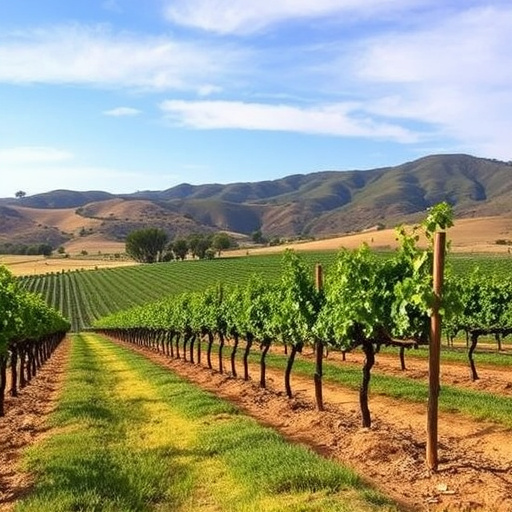
The wine-making process in Sonoita is an art that has evolved over generations, with local vintners continuously refining techniques to showcase the unique terroir of this Arizona region. Located in the Sonoran Desert, Sonoita’s vineyards benefit from a long growing season and distinct climate variations, contributing to the distinct character of its wines.
Vintners here embrace both traditional methods and innovative practices. They carefully select grape varieties adapted to the local conditions, often focusing on French and Italian strains that have thrived in similar climates. Modern technology is also integrated into the process, from precise temperature control during fermentation to state-of-the-art distillation equipment. These innovations ensure that the natural flavors of the grapes are preserved, resulting in a diverse range of high-quality wines that reflect the distinct Sonoita terroir.
Behind the Scenes: Visiting Sonoita's Hidden Gem Vineyards and Their Impact on Flavors
Behind the Scenes, visitors uncover Sonoita’s hidden gem vineyards, where the terroir truly comes alive. These secluded oases, often nestled in picturesque landscapes, play a pivotal role in shaping the unique flavors of the region’s wines. Each vineyard boasts its own microclimate and soil composition, contributing distinct characteristics to the grapes grown there. By visiting these hidden gems, wine enthusiasts gain a deeper appreciation for the art of winemaking, as they witness firsthand how the land influences every sip.
Exploring these vineyards offers a sensory journey through the heart of Sonoita’s viticultural soul. The impact on flavors is profound; from the vibrant acidity in crisp white wines to the rich, complex tangs in robust reds, each vintage tells a story of its origin. This connection between soil, climate, and taste is what makes Sonoita’s terroir so captivating, inviting wine lovers to delve deeper into the secrets these vineyards hold.
Tasting Notes: Unlocking the Complexities of Sonoita Terroir Through Vintage Comparisons
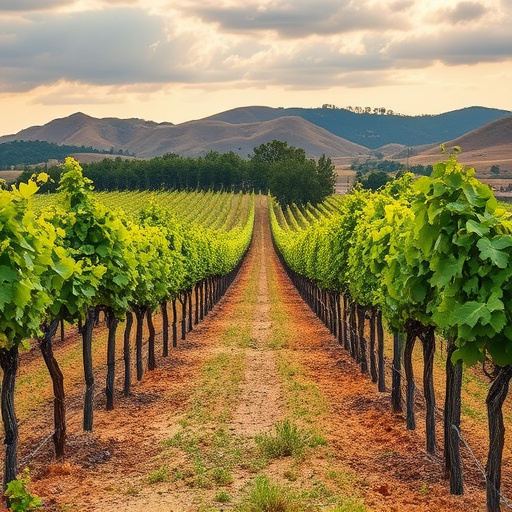
Tasting Notes: Unlocking the Complexities of Sonoita Terroir Through Vintage Comparisons
When exploring the vineyards in Sonoita, one of the most captivating ways to deepen your understanding of the region’s terroir is through vintage comparisons during educational seminars. By examining wines from different years, you gain invaluable insights into how climate variations, soil types, and other environmental factors influence grape growth and wine characteristics. These tastings offer a unique opportunity to discover subtle nuances that define each vintage.
For instance, comparing a younger vintage with an older one can reveal the evolution of flavors over time, showcasing how patience can lead to richer, more complex wines. This process allows participants to appreciate the intricate relationship between the land and the final product, making them more attuned to the subtle complexities that define the Sonoita terroir.
By joining educational seminars about Sonoita’s terroir and vintages, you gain a deeper understanding of the unique characteristics that define its wines. From exploring microclimates to learning about historical evolution and modern winemaking techniques, these insights allow you to truly appreciate the hidden gems within the vineyards of Sonoita. Through tasting notes and comparisons across vintages, you’ll unlock the complexities of this remarkable terroir, making your visits to these scenic locations even more memorable.
